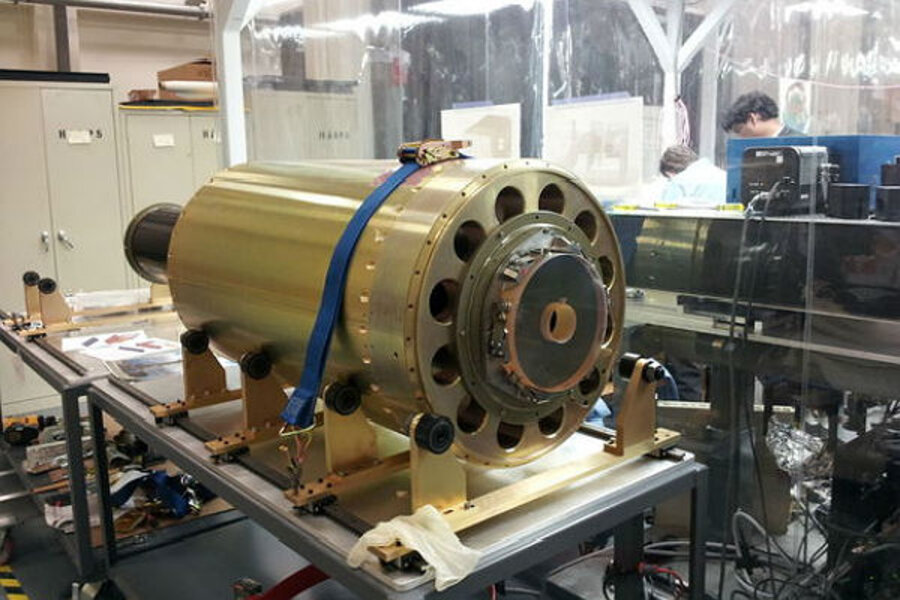NASA sun close-ups, 'never-before-seen'
While many NASA space telescopes soar in orbit for years, the agency's diminutive Hi-C telescope tasted space for just 300 seconds, but it was enough time to see through the sun's secretive atmosphere.
Designed to observe the hottest part of the sun — its corona — the small High-Resolution Coronal Imager (Hi-C) launched on a suborbital rocket that fell back to Earth without circling the planet even once. The experiment revealed never-before-seen "magnetic braids" of plasma roiling in the sun's outer layers, NASA announced today (Jan. 23)
"300 seconds of data may not seem like a lot to some, but it's actually a fair amount of data, in particular for an active region" of the sun, Jonathan Cirtain, Hi-C mission principal investigator at NASA's Marshall Space Flight Center in Huntsville, Ala., said during a NASA press conference today.
The solar telescope snapped a total of 165 photos during its mission, which lasted 10 minutes from launch to its parachute landing.
Hi-C launched from White Sands Missile Range in New Mexico atop a sounding rocket in July 2012. The mission cost a total of $5 million — a relative bargain for a NASA space mission, scientists said. The experiment was part of NASA's Sounding Rocket Program, which launches about 20 unmanned suborbital research projects every year. [NASA's Hi-C Photos: Best View Ever of Sun's Corona]
"This mission exemplifies the three pillars of the [sounding rocket] program: world-class science, a breakthrough technology demonstration, and the training of the next generation of space scientists," said Jeff Newmark, a Sounding Rocket Program scientist at NASA Headquarters in Washington, D.C.
Hi-C used a modified Cassegrain telescope with a 9.5-inch-diameter mirror to take close-up images of an active region on the sun, achieving a resolution equivalent to sighting a dime from 10 miles away.
While NASA already has telescopes in orbit constantly monitoring the whole surface of the sun, such as the Solar Dynamics Observatory (SDO), the Hi-C mission allowed scientists to focus in on a smaller region than SDO is able to.
"SDO has a global view of the sun," Newmark said. "What this research does is act like a microscope and it zooms in on the real fine structure that's never been seen before."
The next step, the researchers said, is to design a follow-up instrument to take advantage of the new telescope technology tested out by Hi-C, to observe for a longer period of time on an orbital mission.
"Now we've proven it exists, so now we can go study it," said Karel Schrijver, a senior fellow at the Lockheed Martin Advanced Technology Center in Palo Alto, Calif., where the instrument was built.
Follow Clara Moskowitz on Twitter @ClaraMoskowitz or SPACE.com @Spacedotcom. We're also on Facebook & Google+.





